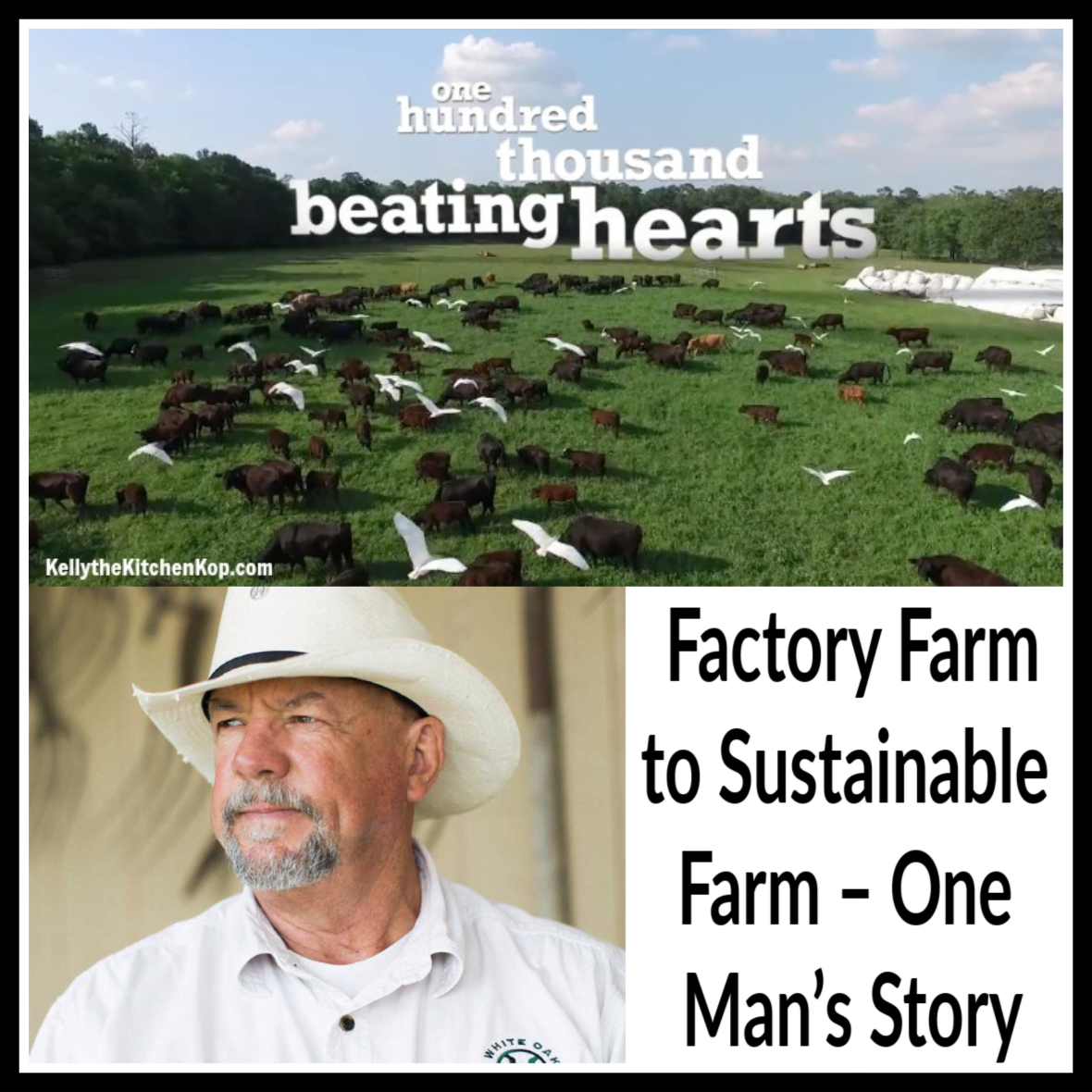
Think it's impossible to make the switch from factory farm to sustainable farm?
My friend, Chris, from the Savory Institute, told me about this video that I'm sure will touch you like it did me. It's how one man, Will Harris, changed his whole farming operation, from one that he grew up with, a conventional farm that sprayed chemicals with no thought of the effect on the land, animals, or people (they just didn't know), to one that is sustainable, regenerative, and beautiful — farming the way God meant it to be.
“Each year I liked what I did a little bit less.”
“Today we don't feed the animals, we feed the microbes in the soil, the microbes feed the soil, and the soil feeds the plants, the plants feed the animals and they breed and they grow and we turn them into meat and we sell it for money.”
“It's really a beautiful system, what's most beautiful is that in every generation the animals are healthier and happier and happier…”
My friends say, “What you're doing is fine, Will, but you can't feed the world like that.” My response is, “I don't know that I'm supposed to feed the world, I think I'm supposed to feed my community.”
Watch the video:
Do you know about the Savory Institute?
On the off chance that you're not familiar with the work of Allan Savory and the Savory Institute, I asked my friend, Chris, a couple questions:
1. How does the Savory Institute help farmers and ranchers?
The Savory Institute provides training, support, curriculum, and technology tools to allow ranchers to improve the quality of their land and herd wealth while at the same time becoming more financially resilient and build up personal relationships. Their mission is to facilitate the large scale restoration of the world’s grasslands using livestock as a properly managed tool. Their goal is to positively impact 1 Billion hectares of land by 2025. See their founder, Allan Savory’s famous TED Talk, for more information on this:
The Savory Institute and their Savory Network Hubs train producers in Holistic Management, a decision-making framework to help ranchers make decisions that are simultaneously ecologically, socially, and economically sound. It sounds more complicated than it is. The main point to note is that it’s much more than rotational grazing.
2. How does the Savory Institute help moms and regular folks?
For decades Allan Savory’s work has focused specifically on helping ranchers in a business-to-business model. As adoption of this type of management has grown around the globe, it’s blossomed into a huge movement. It’s estimated that over 60 million hectares (150 million acres) are being managed by people that have had Holistic Management training.
But how does that help regular folks?
Sure ranchers healing the land is a good thing, but how can consumers support them in that? Right now, there is a tremendous amount of product grown in a manner that regenerates landscapes, but it is sold in commodity markets, undifferentiated and amalgamated with industrially produced products that are doing damage to our lands.
The Savory Institute is launching a new Land-to-Market program designed to change this.
The goal is to get to the point where a consumer can pick up a product at a store shelf, or buy product from their local rancher or farmer, and know empirically, with data to back it up, that the way that product was produced healed land. The Savory Institute has been co-designing this program with partners and supporters including EPIC Provisions, Maple Hill Creamery, Texas A&M University, The Nature Conservancy, and Michigan State University.
(This is Kelly jumping in: food that heals the land, also heals US!)
The program will be unveiled at their upcoming Consumer Revolution Conference titled, “Eat It, Wear It, Regenerate It,” and it will be prototyped with specific brand partners in 2017 and then opened up to a wider audience of brands after that.
Flex your buying power, and remember when you’re making meat and dairy purchases to look for: 100% grassfed meat and milk that comes from 100% grassfed cows. Ask your rancher or farmer about Holistic Management, specifically are they using a Savory grazing chart and doing planned grazing. Look for the L2M seal coming soon on meat, dairy, wool, and leather products.
Thanks Chris!
More you may be interested in:
- Anyone heard of Dale Lasater? Sadly, he was killed recently in a tragic horse accident on his farm. Chris tells me this: “His family had more to do with my views on cattle production and genetic selection than probably anyone besides Allan Savory. He was a pioneer in the grass-fed beef movement. We all owe so much to him.” Say a prayer for his family!
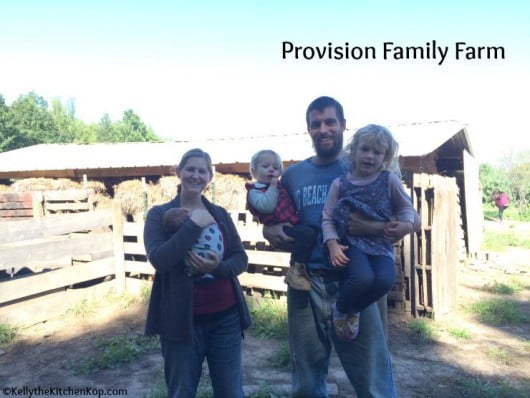

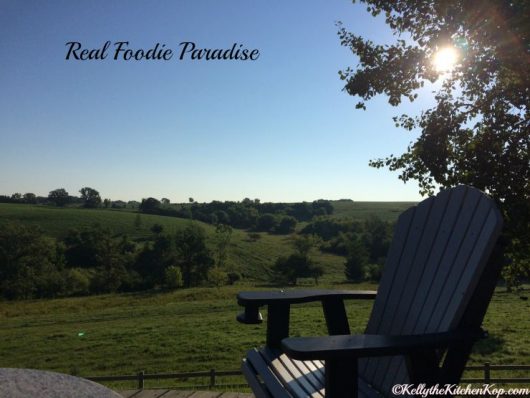
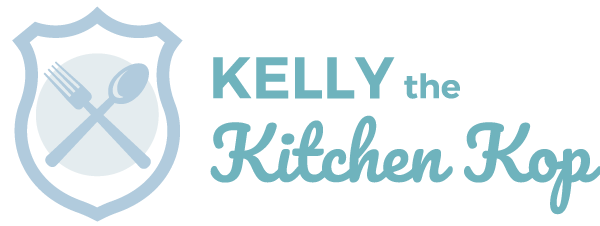
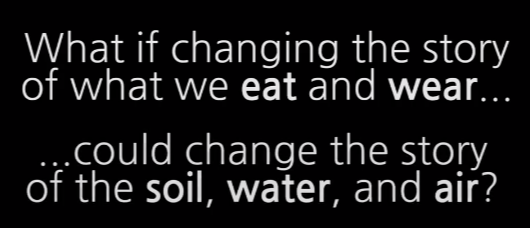

Raquel Marez Borland says
I just drove past one of these operations twice this week. The stench is horrible!!! The cows we saw were much more crowded than the ones in the video.
I only buy grass fed beef.
Kathleen Gorman says
JUST AWFUL!!
Kelly the Kitchen Kop says
Read my post about this: https://kellythekitchenkop.com/dairy-cesspools-neatly-dividing-one-solution-into-two-problems/

Lori Golden says
..and they knew all along exactly what they were doing. . . and why.
Magda says
I’m in Marietta, GA, about 200 miles north of Bluffton. I knew of Will Harris before this video and I have seen his grassfed beef and pastured eggs in stores. It’s a bit pricey but from now on I will buy his products to support him whenever I can because what he did (and still does) is simply amazing. We need so many more folks like him!! And he’s right: he doesn’t need to feed the world. He’s feeding his community (and much more) everyday. Thanks Kelly!
Jeanmarie Todd says
I am so in awe of Alan Savory and the great work he is doing! I’m trying to swing a way to go to the conference!
KindFoodFarm says
I am so inspired by Alan Savory and the great work he and his partners are doing. He’s one of my heroes. Although I no longer live on a farm myself, I would give anything to be able to share this work.
During the seven years I was lucky enough to live on a farm, we acquired goats to manage the pastures for us. That was a wonderful decision. They saved the pastures from being taken over by Scotch Broom, an invasive species rampant in Northern California, and blackberry bramble. The two plants can strangle a pasture within just a few years of uncontrolled growth. With the help of the goats, we turned things around in just a couple of years. Meanwhile, their poop pellets fed the soil microbes and their hooves pierced the soil just enough to let nutrients and water in. We added chickens at about the same time. After they ate their chicken yard bare, we started letting them roam in the pastures freely. You’ve never seen such gorgeous eggs as they produced!
Now, we had a certain level of success without any specific management techniques; I’m sure knowing what we were doing would have made things even better!
Kelly says
Hi Jeanmarie,
I’m convinced you’ll be a farmer again someday, it’s in your blood! 🙂
Kel
KindFoodFarm says
From your lips to God’s ear!
Jenny-Our Wholeistic Life says
I was in the barn doing chores as I watched this video. I had tears in my eyes by the end. My husband and I own 5 acres. We are healing our land slowly but surely as it had been conventional farm land until we bought it 26 years ago. We have totally changed things in the last 15 years and again was able to make a bigger shift 3 years ago when we were finally able to get ahold of AFFORDABLE non gmo feed. I tell people my place is beyond organic and as of now 100% non gmo, including animals. I still have to buy some of my feed for my broilers and pigs but it is non gmo, which honestly is the most concerning to me. My land is not sprayed but healed. And, short of a miracle of biblical proportions, this is the only land I will ever have. God is in the miracle business so I will let that miracle up to him. Our land prices in northern Indiana were I live are are the $10,000/acre/average. I can not afford those prices if I could even get someone to sell to me.
Every year now when we plant our garden, which is now around a 1/4 acre, we look at each other in amazement and astonishment at the condition of our soil aka black gold. I know my plants and food are appealing because bugs seem to find them from the surrounding fields. This year was epic amounts of bean beetles (beans surrounded us this year). Last year it was corn worms as corn surrounded us. But, most of my plants can handle the load especially if I do what i can to help them, ie cover, plant early/late, garlic hot pepper spray. diatomaceous earth, etc. I am honest with everyone that my place is not certified organic and never will be. We pasture everything we have. We rotate as we can. And, we are seeing the healing and regeneration take place right before our eyes. It is a miraculous, amazing wonderful thing to watch. We try different things. Some of those things make our mouths drop open in astonishment in that they worked either beyond belief or something happened we didn’t set out to have happen, something good. Other times we look at each other and say “Well, that didn’t quite work as well as we hoped!”
I would love to meet the rancher in the video. As we take a trip to Florida each year we can ( our recuperation time) I am going to look up how far off the beaten path he is. He is a rock star. My kind of rock star. More and more of us are rocking the boat. I sure am in my area. I am a hippy nutcase to many. Oh well, so be it. My tomatoes are AMAZING! LOL We may not be perfect but we are doing what we can to change the system and as we change it, we will be able to change more also. It is a lovely circle. But, we need people to support this movement with their buying habits. I can’t get affordable organic feed right now as even I could not afford the meat or eggs. But, as more people demand clean food, the feed will be cleaned up and then non gmo, essentially organic feed, will be the norm. Plus, our organic standards in this country are the best we have but becoming less so.
Please support the farmers that are trying desperately to change the system even if they are not :perfect.” We all don’t have the resources, ie land, to grow all of our animal’s feed so we have to trust and depend on those that can and do. The ONLY way things are going to change is when people put their money were their mouth is, literally and figuratively. Thank you sooo much for sending out this video. I have had several watch it and am going to tell several more.
KitchenKop says
Jenny,
First I want to say that YOU are also a rockstar in my world!!! Are you going to the WAPF conference in Alabama next month by any chance? Because I’d really love to meet you in person! 🙂
As far as supporting our farmers even if they’re not “perfect”, I totally agree. Have you seen my post on that very topic? It’s here: https://kellythekitchenkop.com/knowing-your-local-farmer.
Please keep in touch Jenny!
Kelly
kathleen says
Thank you Kelly for posting this… I actually cried a few times watching the video. What a wonderful man with a huge heart. His family can be proud of him… I know I am.. 🙂
KitchenKop says
Thanks for saying that Kathleen, I agree! 🙂